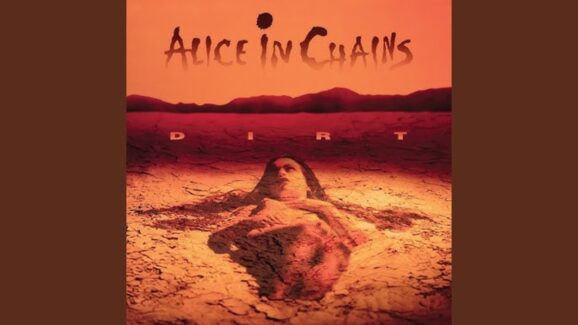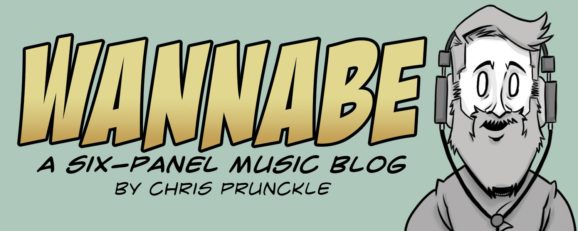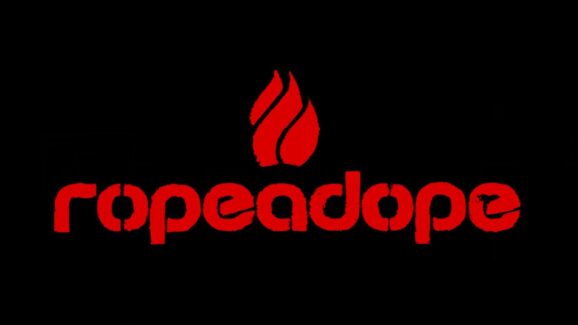The Seattle-based Polyrhythmics septet made a rare New York City appearance on a frigid Saturday Night, December 7th, in Greenwich Village. While the temperatures were below freezing outside, the band’s hot mix of jam band experimenting, tight grooves, and horn-based instrumental funk kept the packed club Groove cooking all night long.
Before the headliners took the stage, the NYC-based Clare Maloney & The Great Adventure delivered a short set of classic rock-inspired tunes. Maloney’s huge voice was the outfit’s calling card, as she vocally soared while the band slammed behind her on songs like “Making My Way Up.” Ripping guitar solos and vocal wailing kicked off the night with palpable energy as fans filed in.
The Polyrhythmics, Ben Bloom, Guitars, Grant Schroff, Drums, Nathan Spicer, Keys, Jason Gray, Bass, Scott Morning, Trumpet, Elijah Clark, Trombone, Art Brown, Sax and Flute, crowded onto the venue’s small stage and kicked off the night with their musical foot in a funky space covering James Brown’s “After You Done It” with mellow ease as their groove slowly leaked out onto the dance floor. Their original “Yeti, Set, Go” was propelled by a bass line reminiscent of Archie Bell & The Drells, with snaking horns adding fun accents throughout.
“Cracked Pepper” was more of a shimmering slow groove that showed off some big guitar stylings, while “Dub Poster” brought in brass hits and an ominous reggae vibe. The group jumped into the deep end of the electro-based funk via layers of synths on “Digital Cowboy,” highlighted by Spicer’s keyboard work. The smooth-rolling first set ended with “Marshmallow Man,” which called to mind Menahan Street Band’s polished funk stylings.
After a very short break, Polyrhythmics was back at it with more instrumental outings as the energetic “Give a Crippled Crab a Crutch” used a circular guitar riff and popping brass lines to excellently bring everyone back into the fold, restarting the dance party and acting as a show highlight. The energy stayed revved up for a motoring run through “Roller,” which showcased Bloom’s six-string and pedal work, while “Chelada” used more snaking electro riffs and head-bobbing trumpet hits, all swirling around fuzzy electro keys.
During the second set, the band also dropped in elongated jams around both The Clash’s “Rock the Casbah” and Tears For Fears “Everybody Wants To Rule The World”, delivering their laidback grooving style to cheers from the crowd. Polyrhythmics “Twice Baked” had hip-hop undertones flowing throughout the jam before the band wrapped up with the pumping “Clydesdal,e” hitting and quitting it as the band delivered their instrumental funky goods to the appreciative Manhattan fans.









